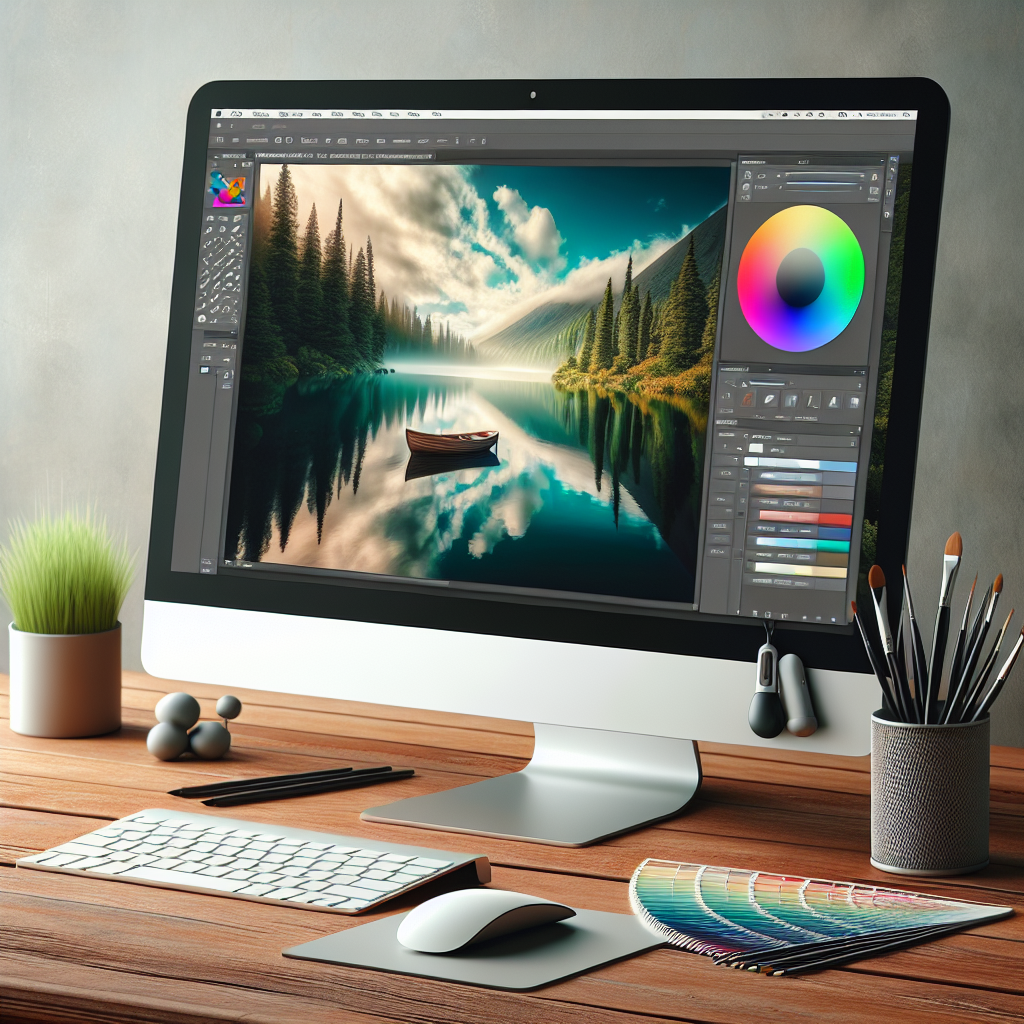
Editing images on a Mac has never been easier, thanks to a variety of built-in tools and third-party applications available. Whether you’re a beginner or a seasoned pro, the Mac ecosystem offers a plethora of options to suit your editing needs. This article will guide you through various methods and tools to help you edit images on a Mac effortlessly.
Built-In Tools for Image Editing on a Mac
Your Mac comes equipped with several built-in tools that allow for basic to advanced image editing. Let’s explore these tools in detail.
Preview App
The Preview app is a versatile tool that comes pre-installed on macOS. It offers basic editing capabilities such as cropping, resizing, and annotating images.
Steps to edit images using Preview:
- Open the image file in Preview.
- Click on the Tools menu.
- Select the desired editing option, such as Adjust Size, Annotate, or Crop.
- Make your adjustments and save the file.
Photos App
The Photos app is another excellent built-in tool for managing and editing your photo library. It offers more advanced editing features compared to Preview.
Steps to edit images using Photos:
- Open the Photos app.
- Import the image you want to edit.
- Select the image and click on the Edit button.
- Use the various editing tools available, such as Enhance, Filters, Crop, and Adjust.
- Click Done to save your changes.
Markup Tool
The Markup tool is integrated into several macOS apps, including Mail, Photos, and Finder. It enables you to add text, shapes, signatures, and more to your images.
Steps to edit images using Markup:
- Open the image in an app that supports Markup, like Photos or Mail.
- Click on the Markup button (usually a pen icon).
- Use the available tools to annotate your image.
- Save the edited image.
Third-Party Software for Advanced Editing
For more advanced editing needs, you might want to consider using third-party software. Here are some popular options:
Adobe Photoshop
Adobe Photoshop is a gold standard in image editing, offering a wide range of features from basic adjustments to complex compositions.
Steps to edit images using Adobe Photoshop:
- Install and open Adobe Photoshop.
- Import your image by dragging and dropping it or using the File > Open option.
- Utilize the extensive range of tools and filters to edit your image.
- Save your edited image in your preferred format.
GIMP
GIMP is a free and open-source alternative to Adobe Photoshop, offering robust features suitable for both beginners and professionals.
Steps to edit images using GIMP:
- Download and install GIMP from the official website.
- Open the program and import your image.
- Use the various tools and filters to edit your image.
- Save your edited image in the desired format.
Affinity Photo
Affinity Photo is another powerful photo editing software that offers a one-time purchase model, making it a cost-effective alternative to Adobe Photoshop.
Steps to edit images using Affinity Photo:
- Purchase and install Affinity Photo.
- Open the program and import your image.
- Use the wide range of tools and filters to edit your image.
- Save your edited image in your preferred format.
Comparison of Image Editing Tools on Mac
The table below provides a comparison of the key features of different image editing tools available on a Mac:
| Tool | Cost | Features | Best For |
|---|---|---|---|
| Preview | Free | Basic editing, cropping, annotation | Beginner |
| Photos | Free | Photo management, advanced editing | Intermediate |
| Markup | Free | Annotation, text, shapes, signatures | Beginner |
| Adobe Photoshop | Subscription | Advanced editing, layers, filters | Professional |
| GIMP | Free | Advanced editing, layers, open-source | Intermediate/Professional |
| Affinity Photo | One-time purchase | Advanced editing, layers, cost-effective | Intermediate/Professional |
Conclusion
Editing images on a Mac offers a wide range of options to suit different skill levels and requirements. Built-in tools like Preview, Photos, and Markup are perfect for beginners and those who need quick edits. For more advanced needs, third-party software like Adobe Photoshop, GIMP, and Affinity Photo provide robust features that cater to professionals. By utilizing these tools, you can significantly enhance your image editing capabilities and create stunning visuals.
